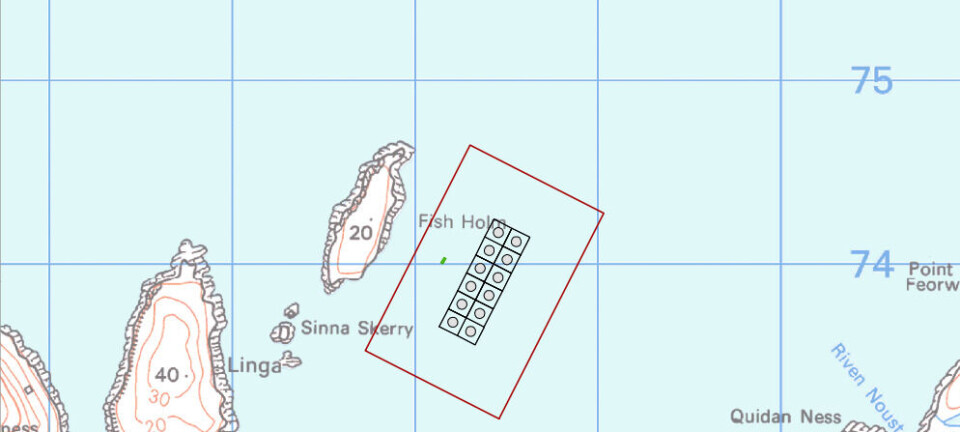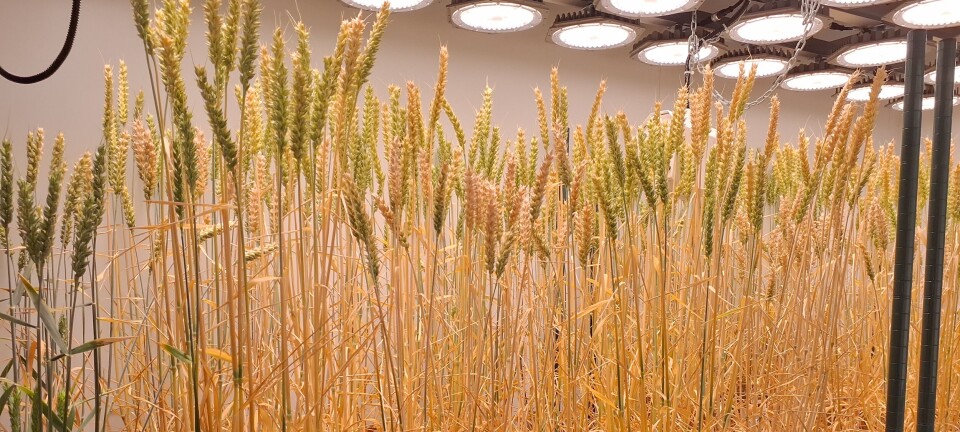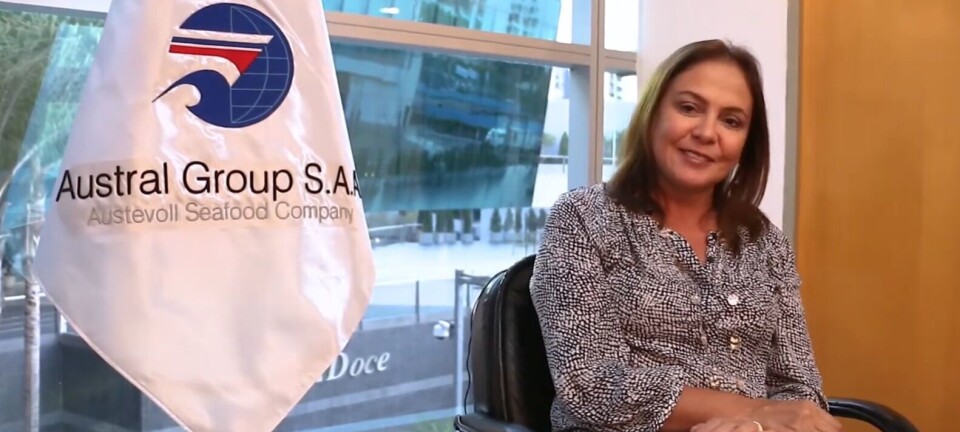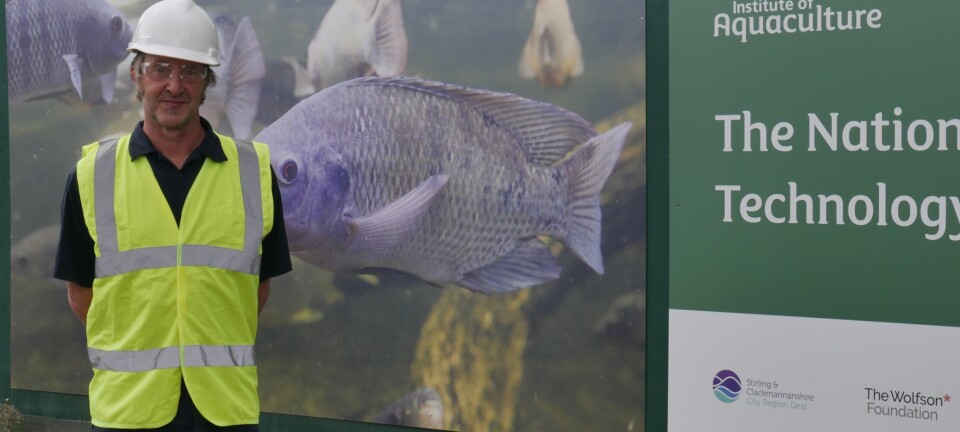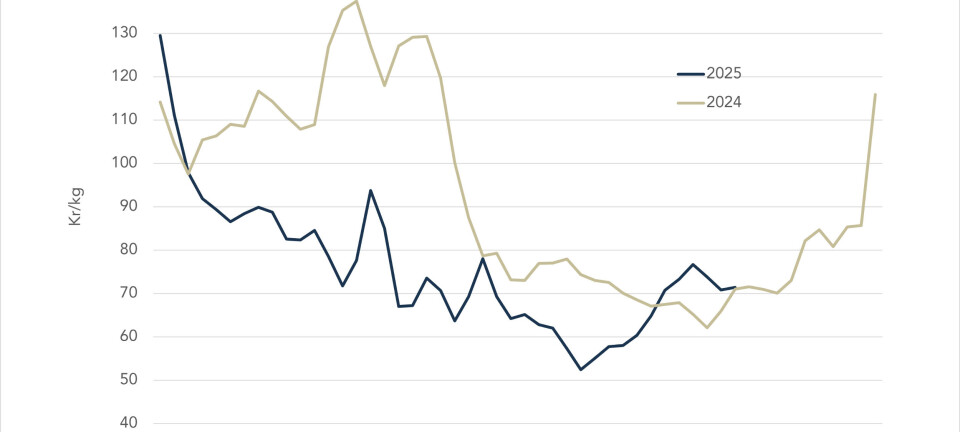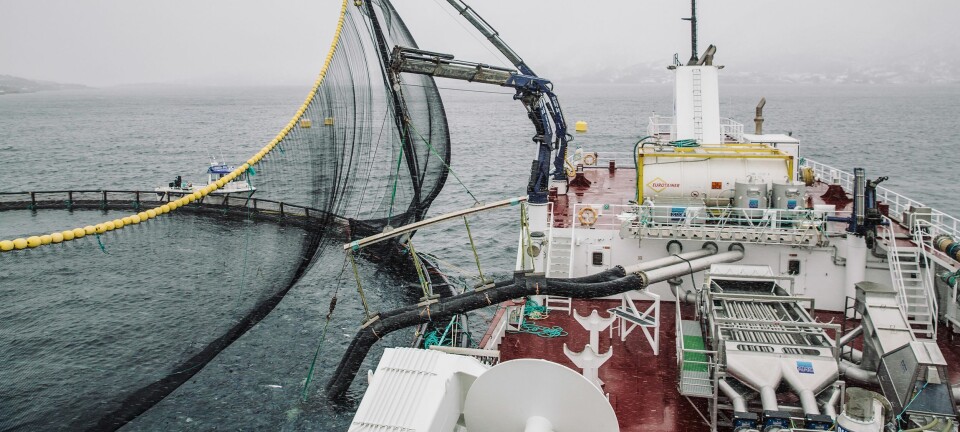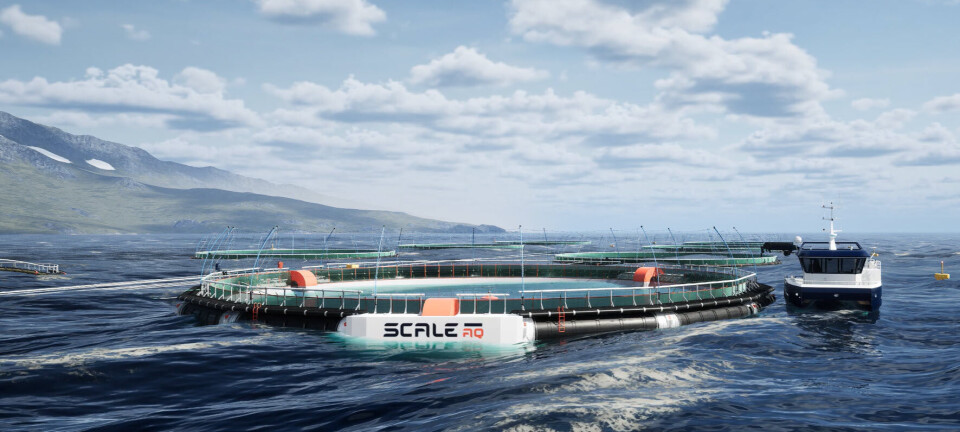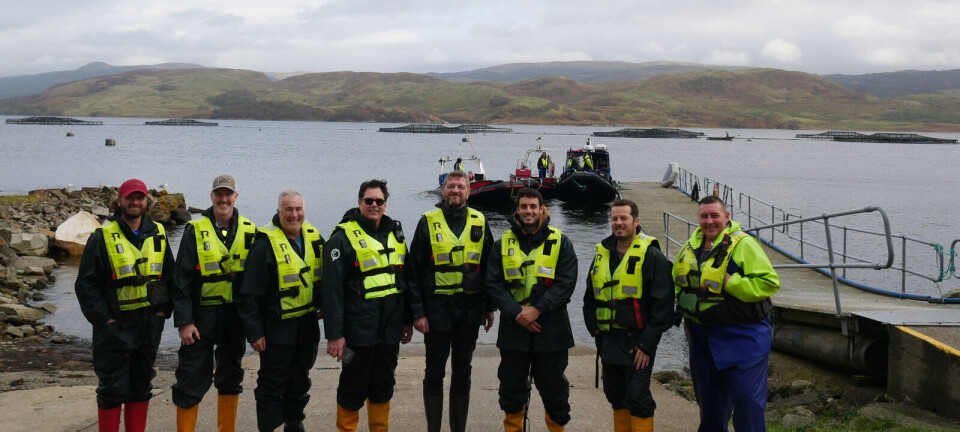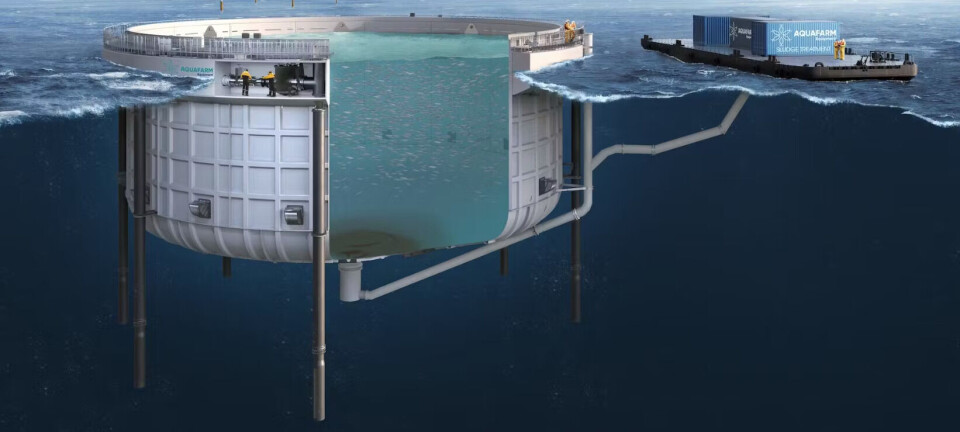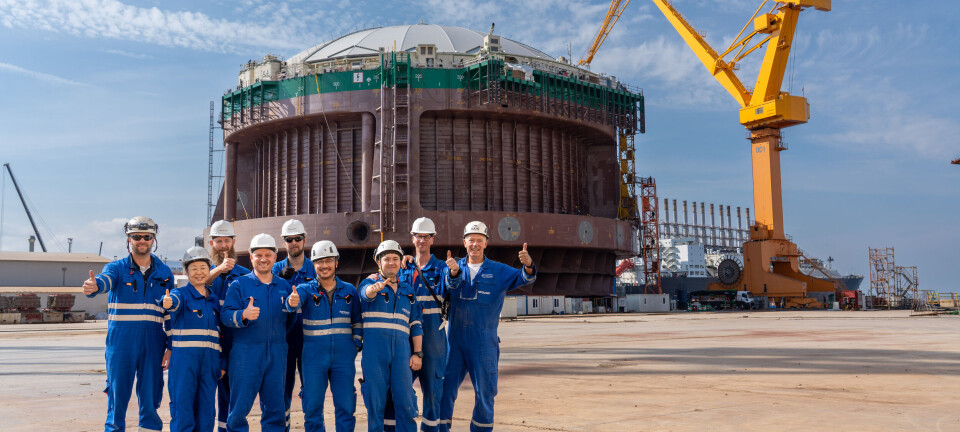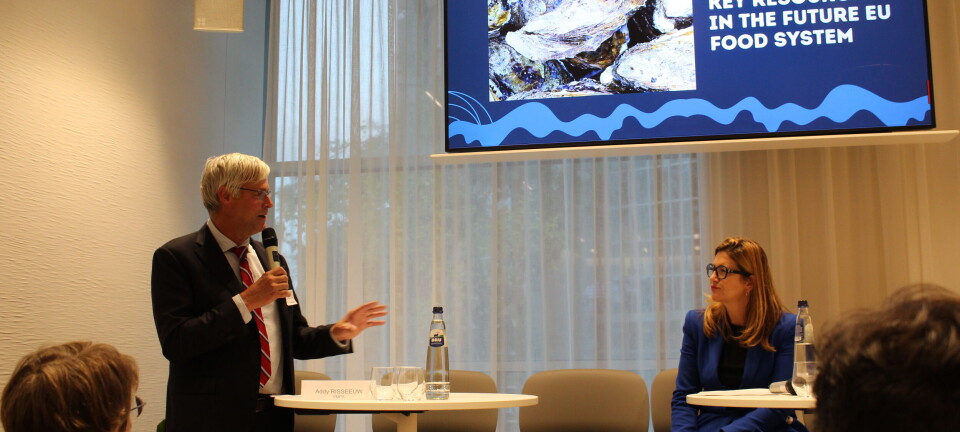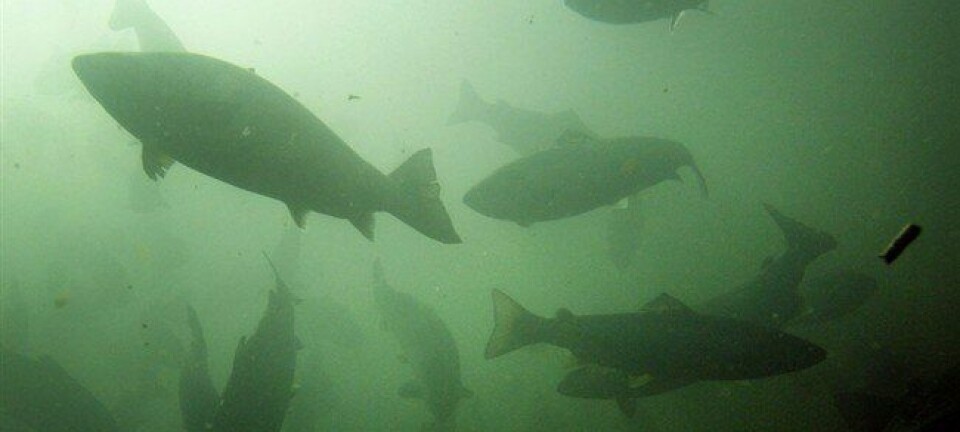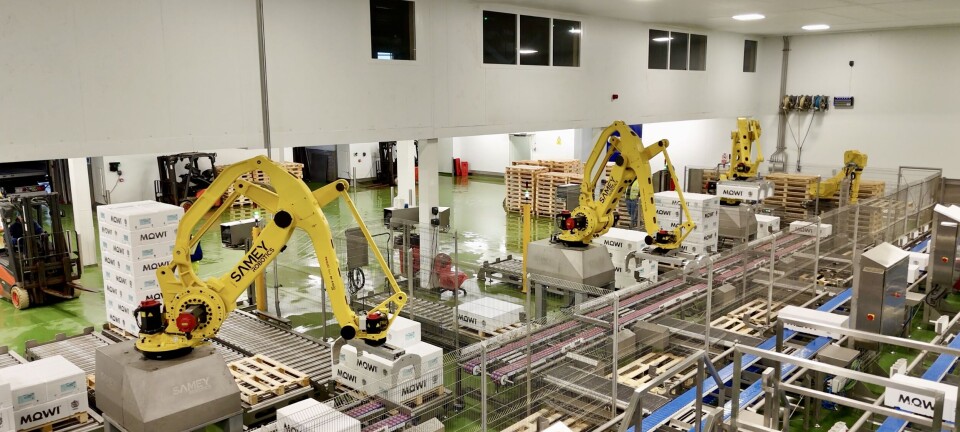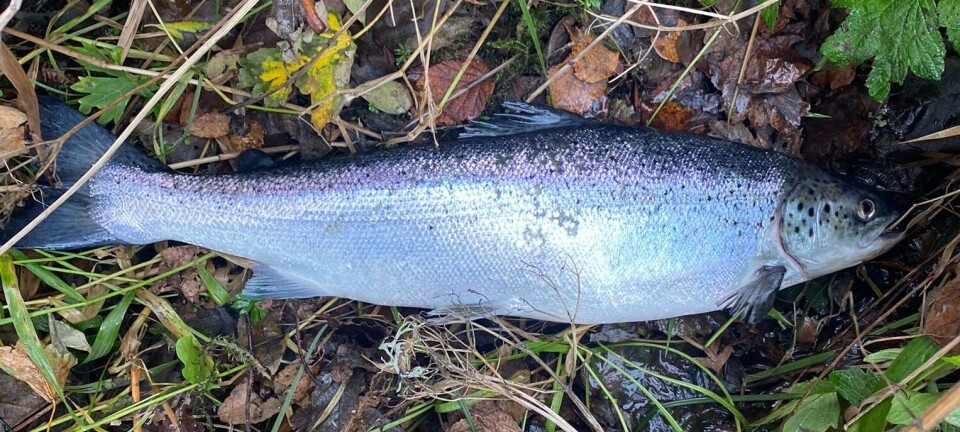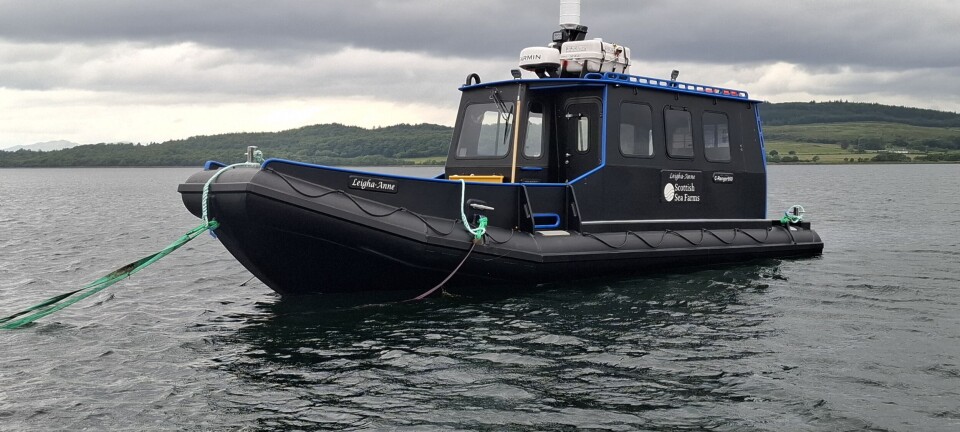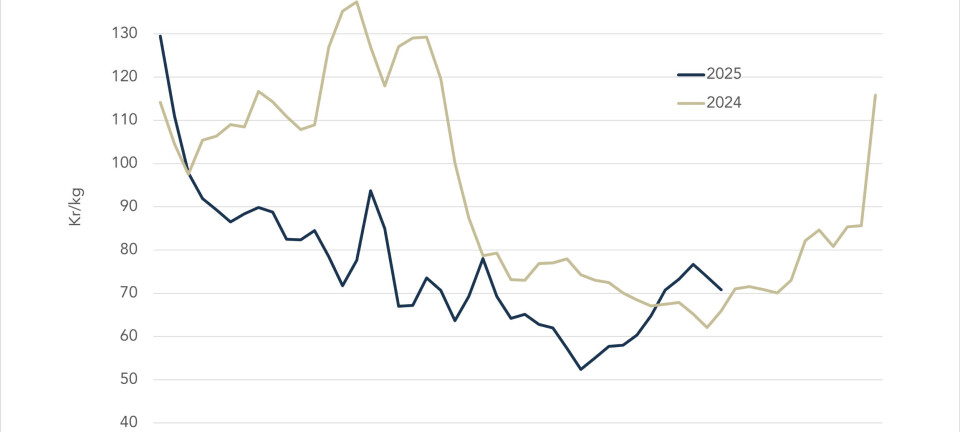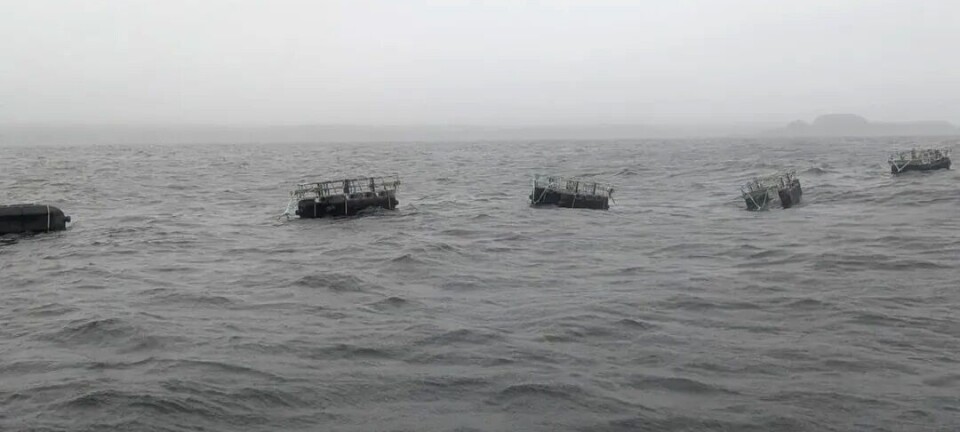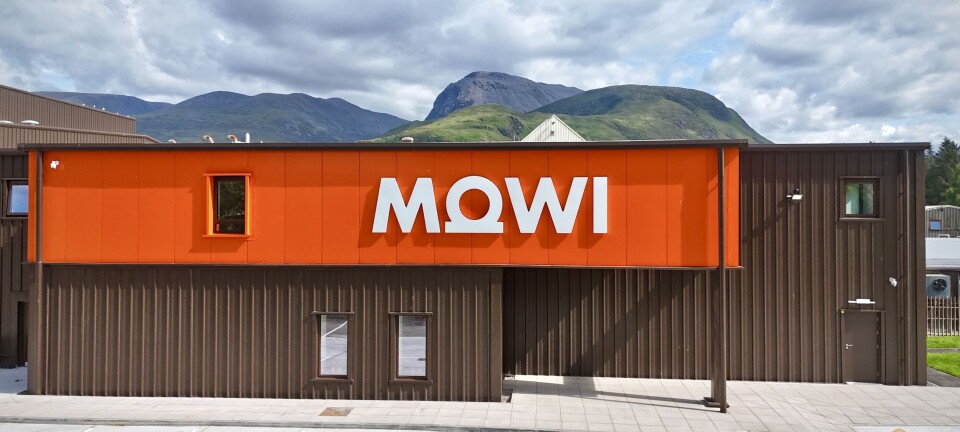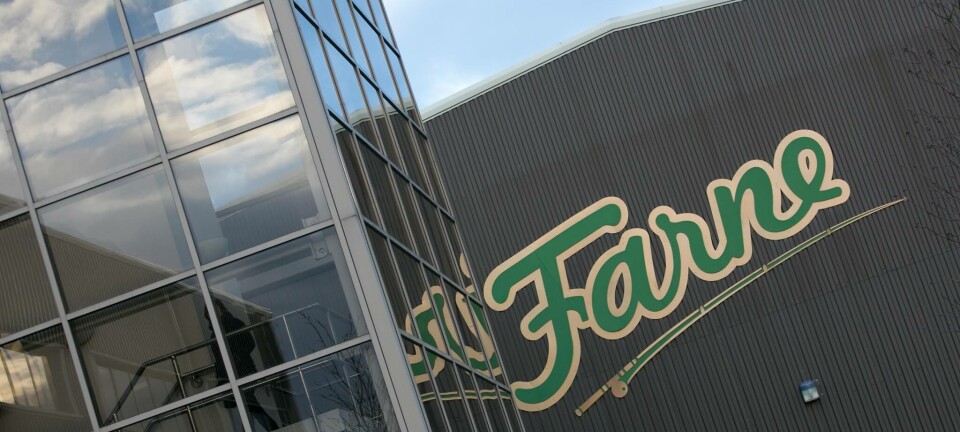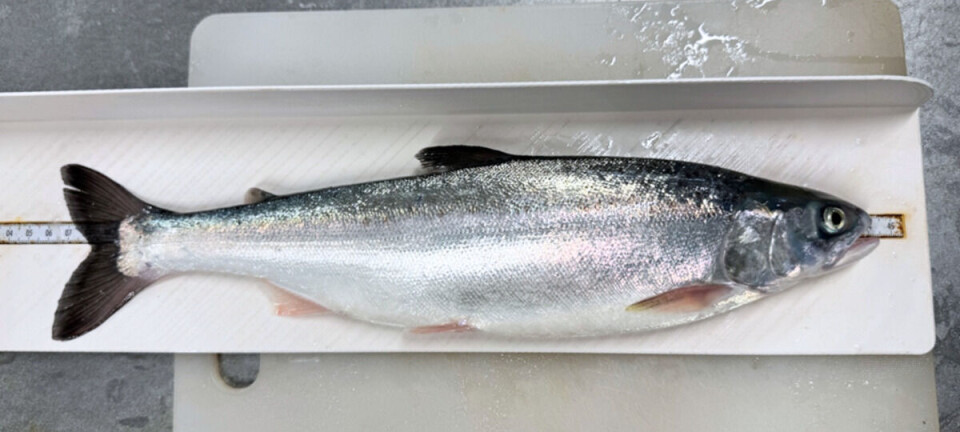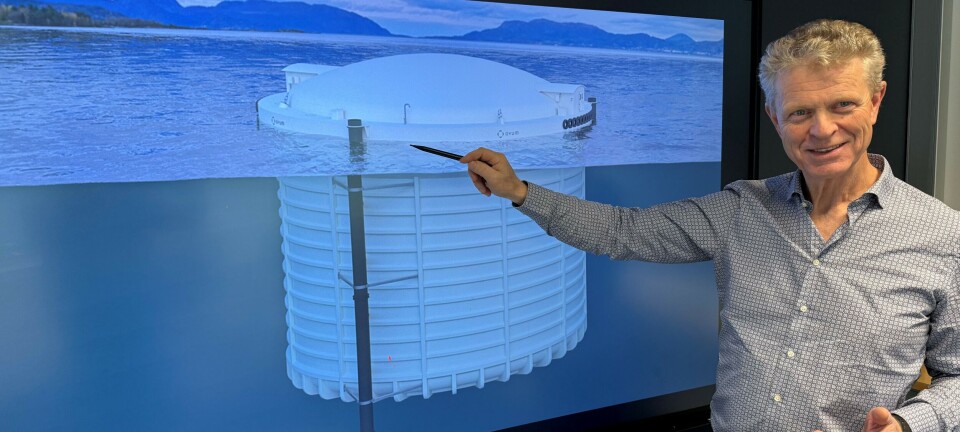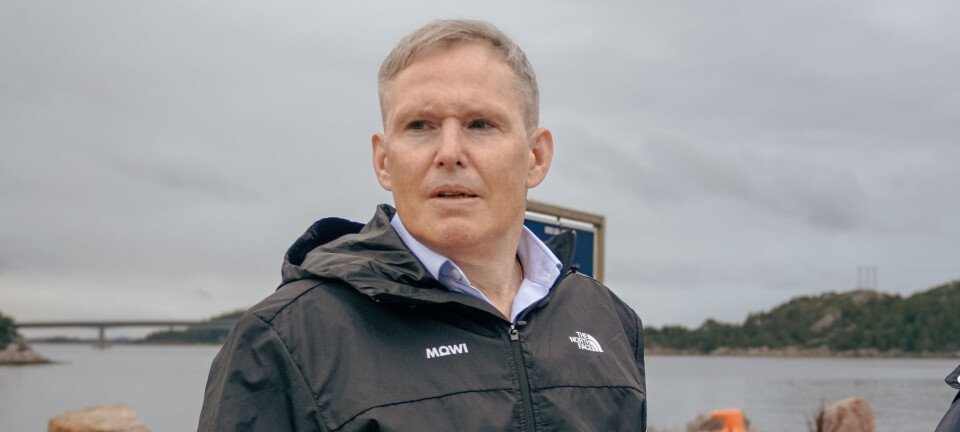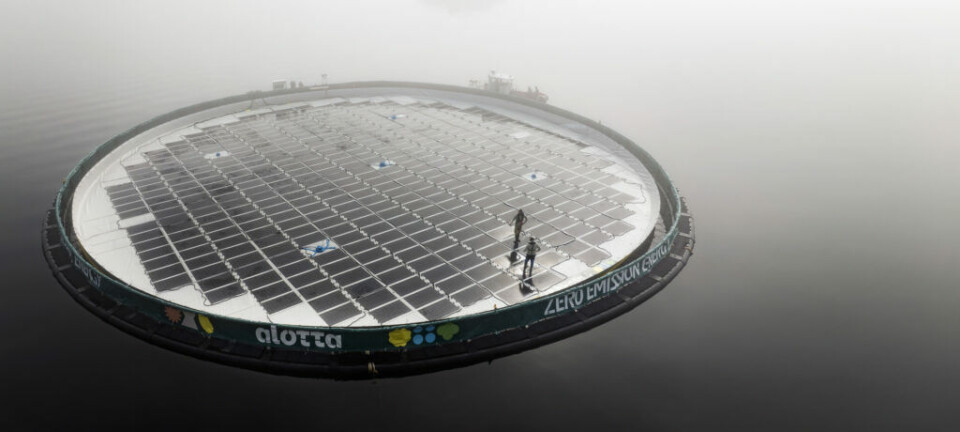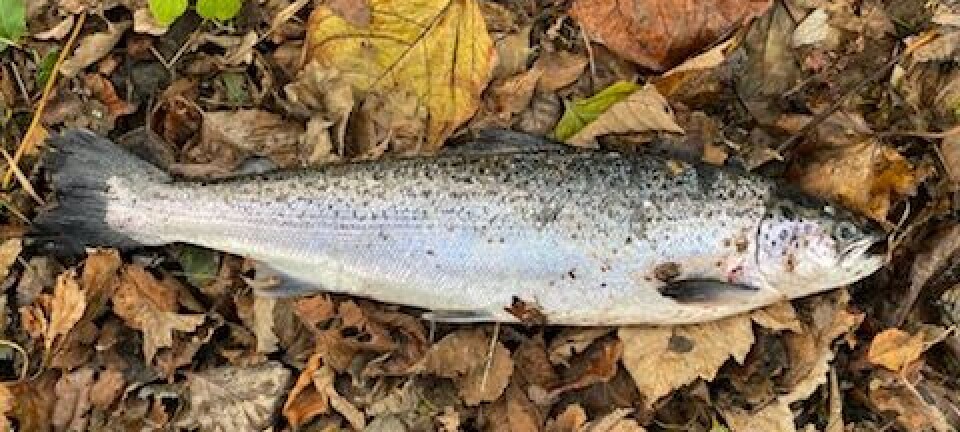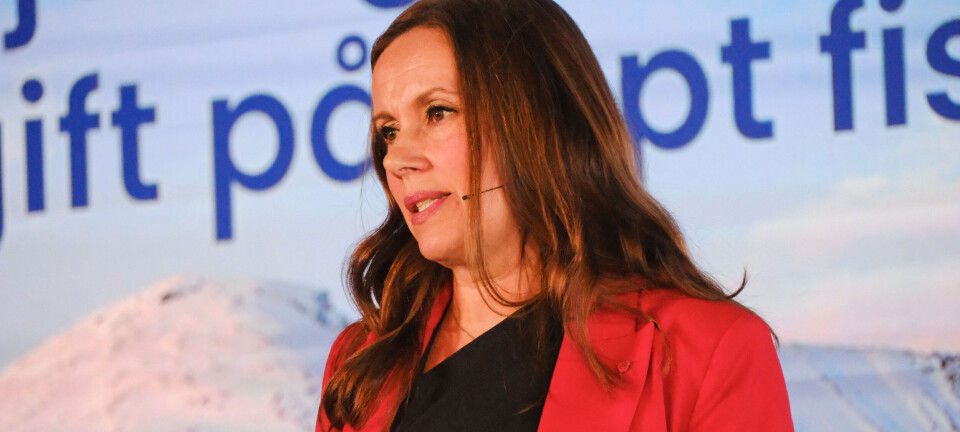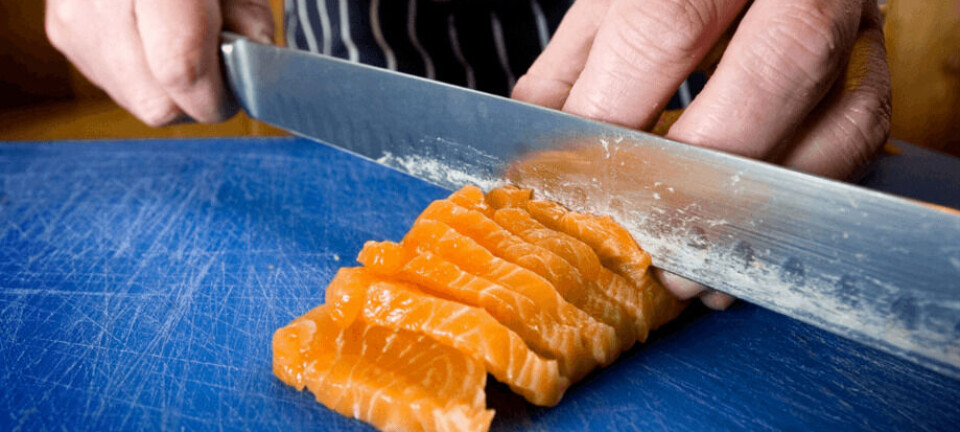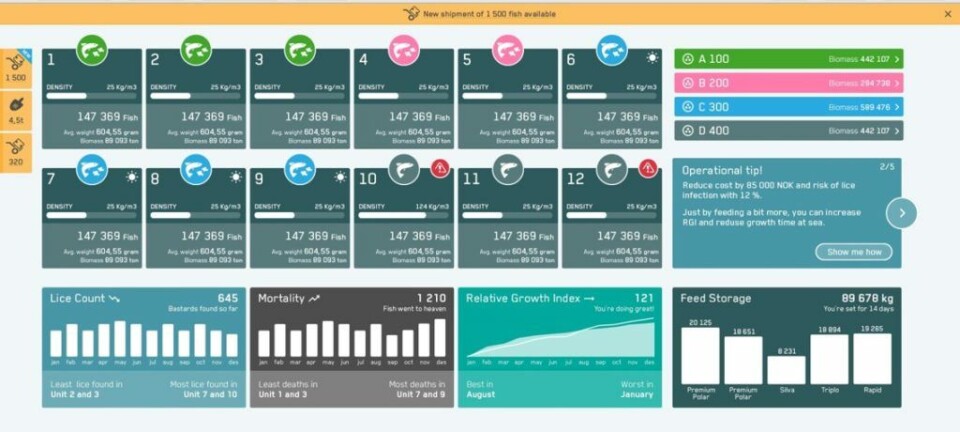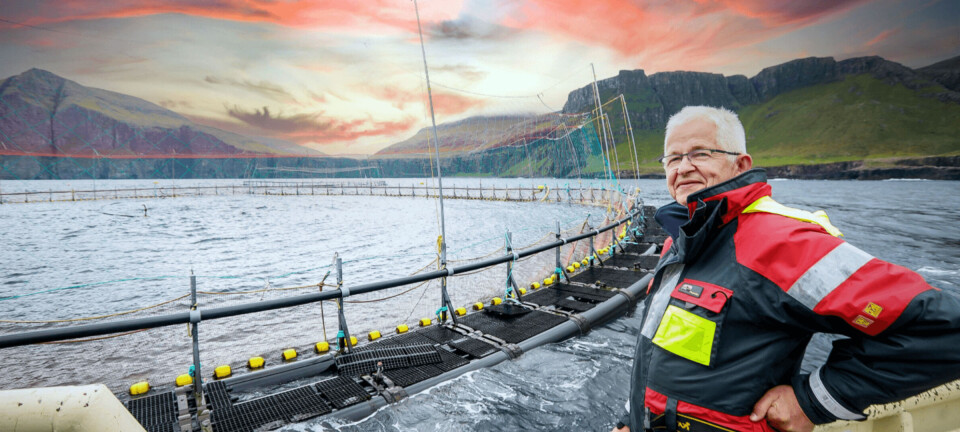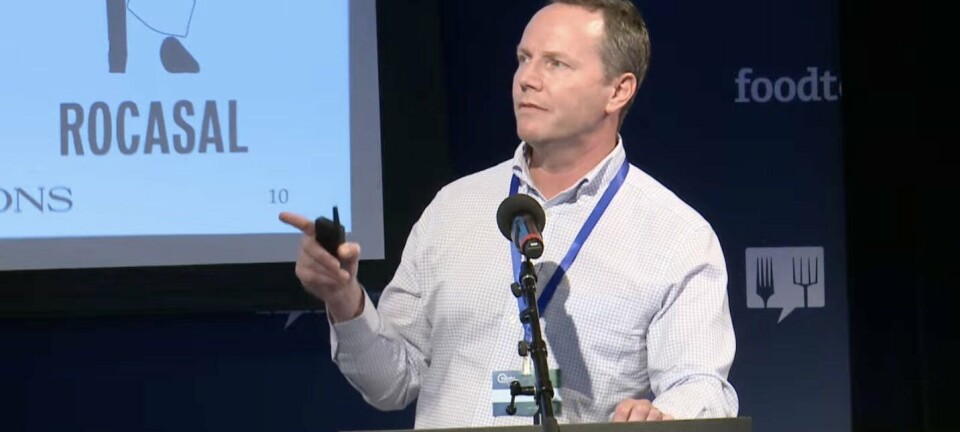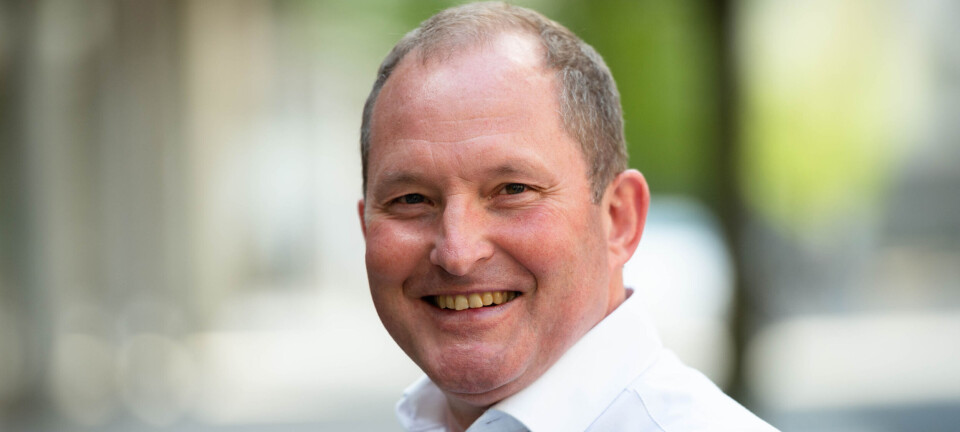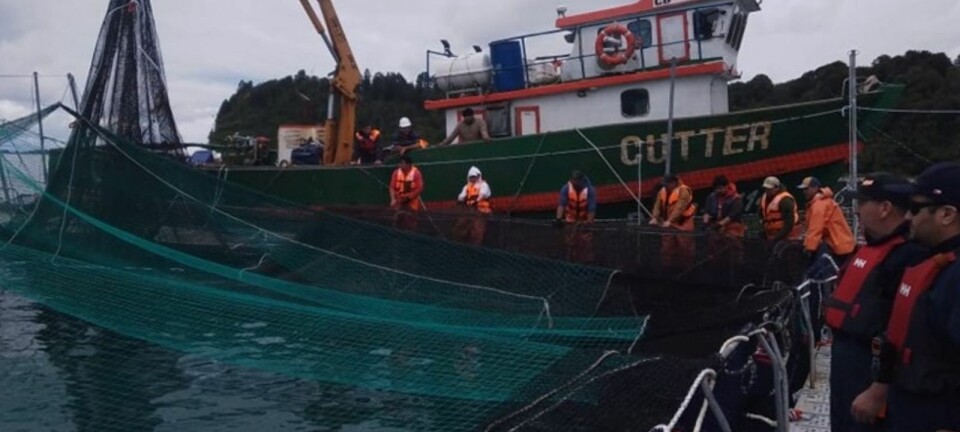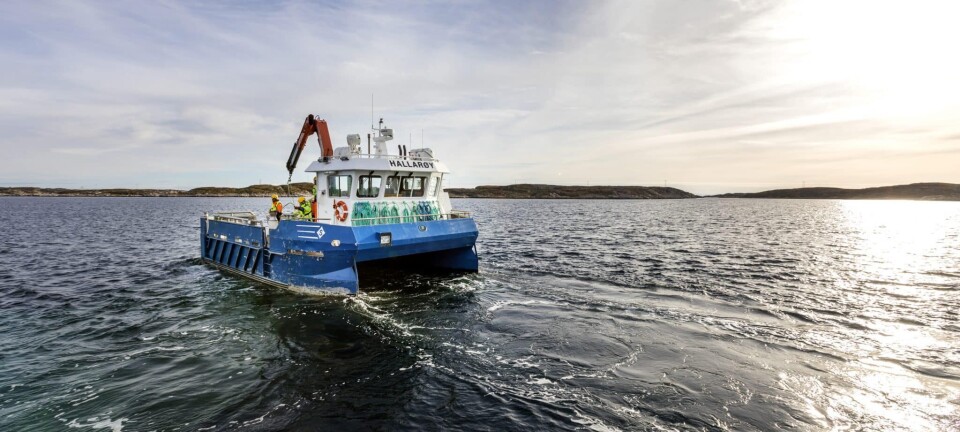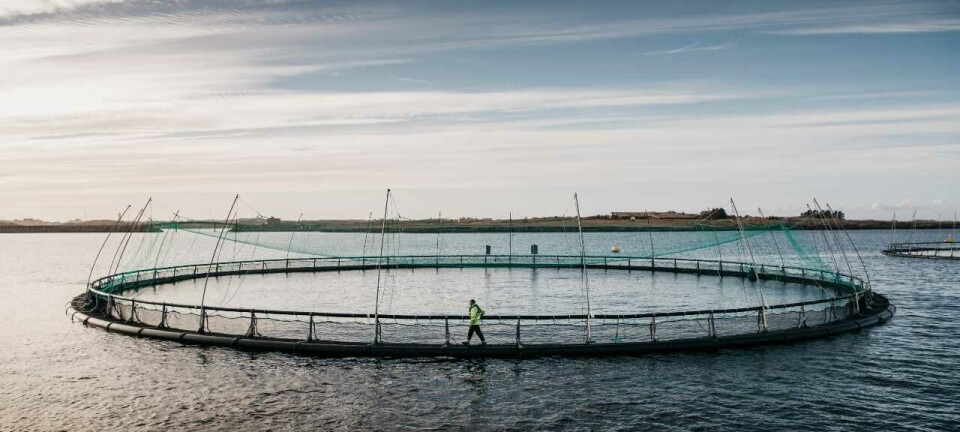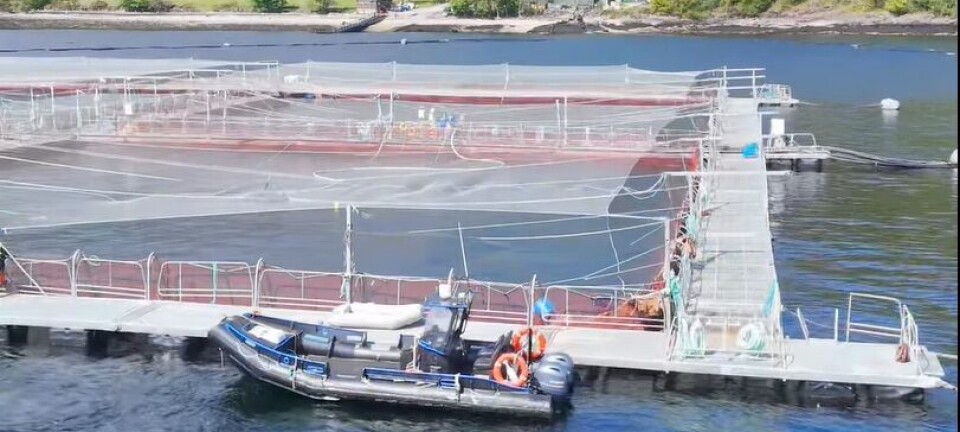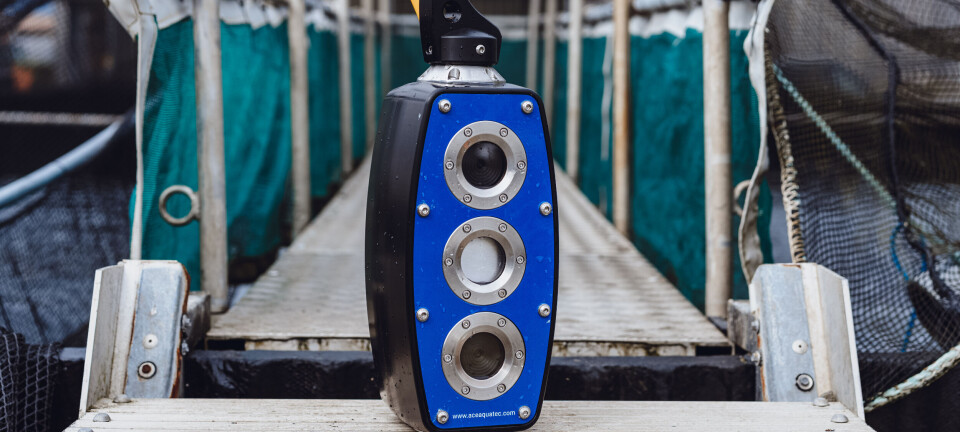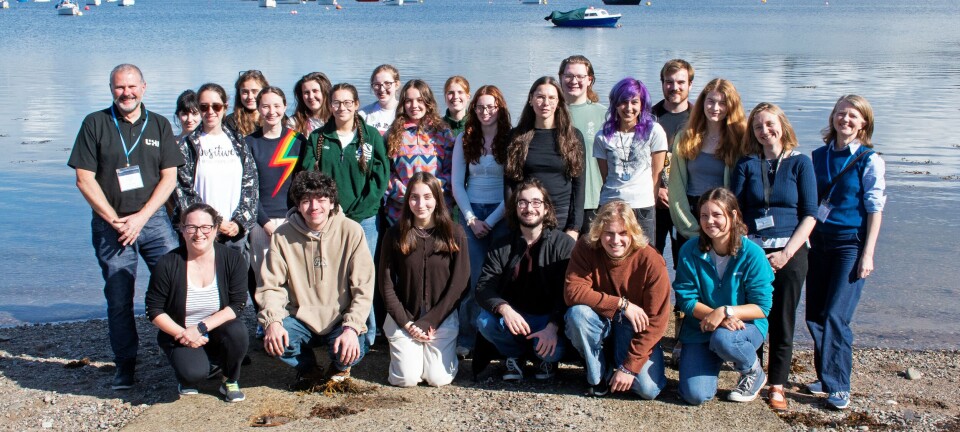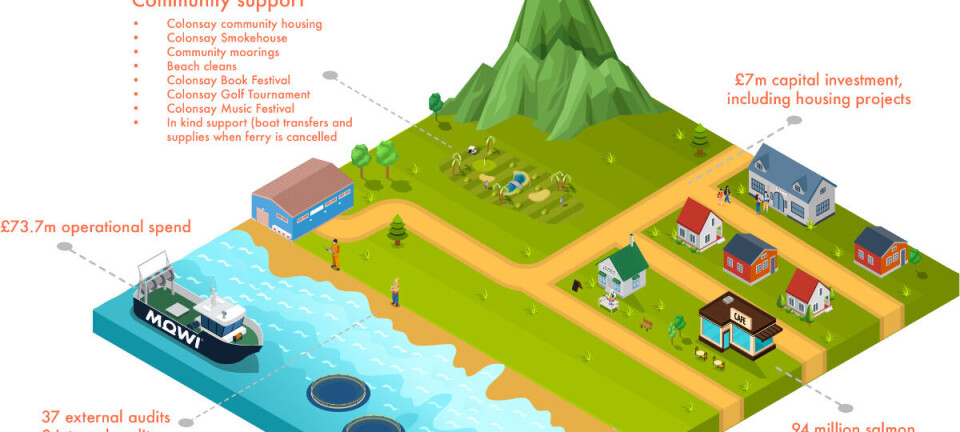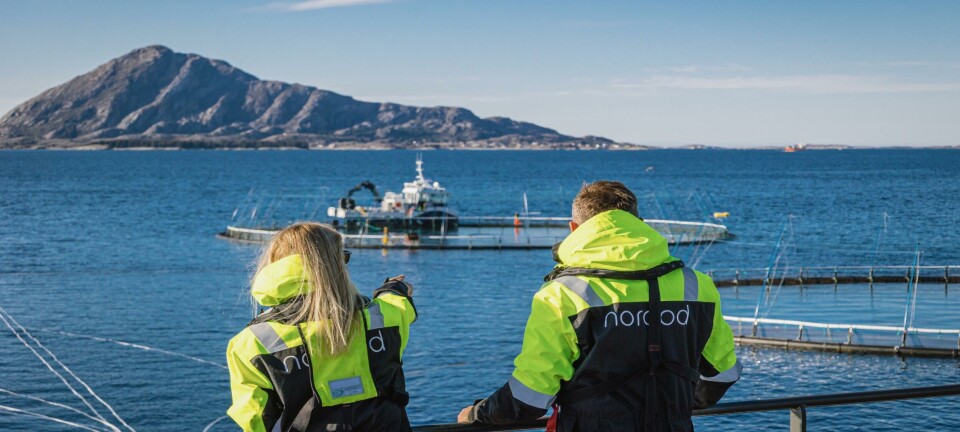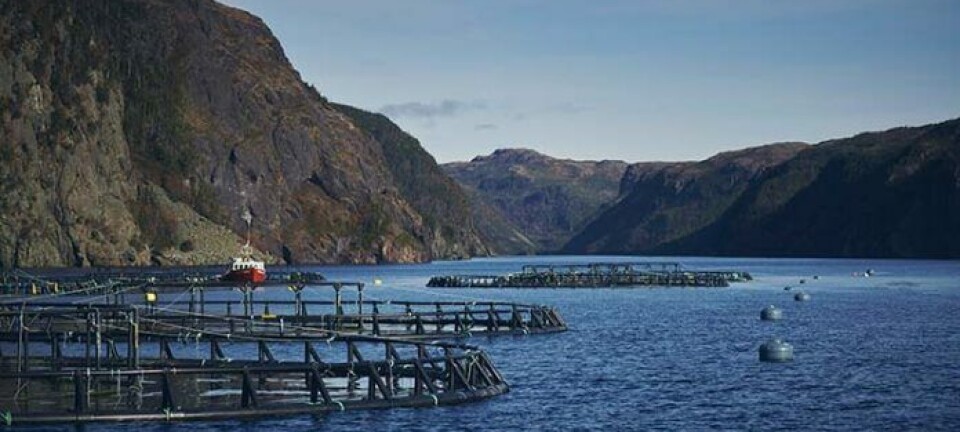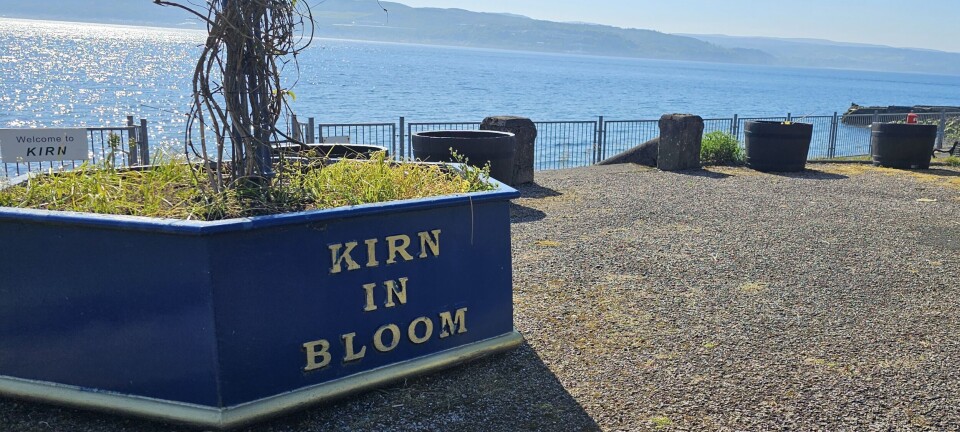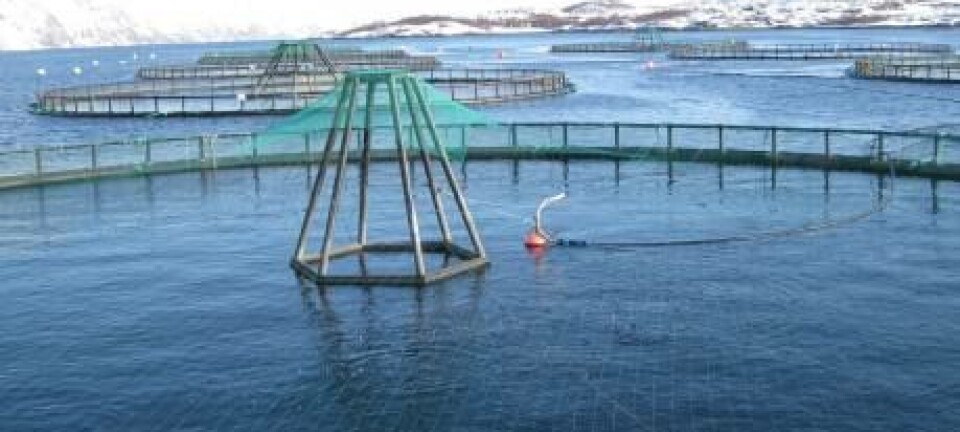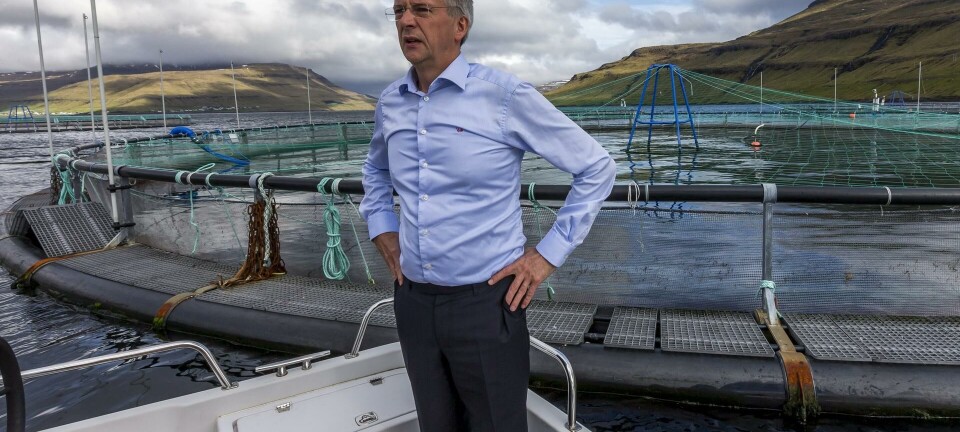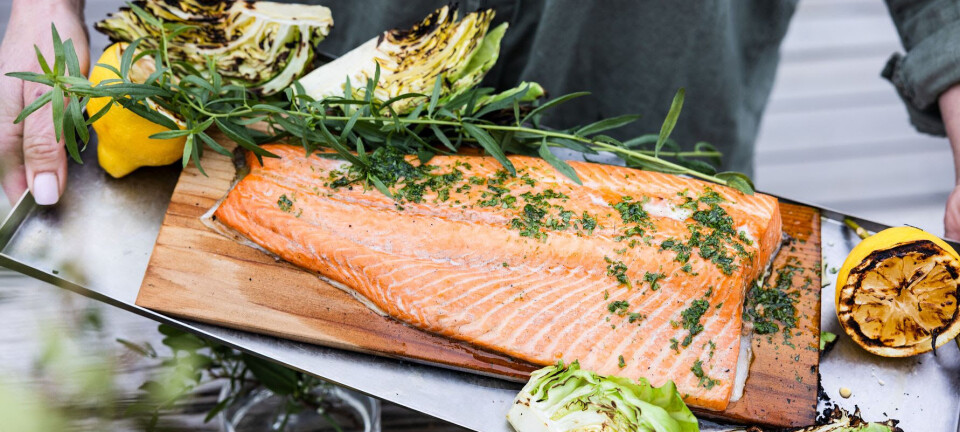
SSPO wades into River Awe 'catch crisis' debate
The Scottish Salmon Producers' Organisation has cast doubt over claims of a dramatic fall in catches on the River Awe and the possible causes of a decline.
The 2017 catch from the river in the south-west Highlands is projected to be the lowest since records began in 1965. Lobby group Salmon and Trout Conservation Scotland (S&TCS) said last year’s total of 807 fish was only slightly above the all-time lowest count, and this year it is running at only one third of the 2016 count. S&TCS said if the trend continues the final total will struggle to reach 400.
S&TCS and the Argyll District Salmon Fishery Board blame sea lice from salmon farms for the decline and have called for farms near the river to be moved or closed.
'Uneconomic future'
Board chairman Roger Brook said: "We call upon Scottish Government to insist that future farms are sited away from the probable migration routes. The worst existing farms, both in terms of location and lice control, should now be closed.
“Rivers such as the Awe are facing an uneconomic future but the government appears to care nothing about our iconic west Highland salmon and the important west coast tourist industry associated with recreational fishing. We are facing a very precarious future.”
The SSPO said the anglers' claims should be "treated with caution".
Hydro projects
In a statement on its website, the SSPO - which represents all but one of Scotland's major salmon producers - listed seven reasons why S&TCS claims could be questioned:
• The quoted figures relate to first half of 2017 year only.
• The majority of grilse don’t return to the Awe until the autumn.
• Fish counter values show a drop in annual returns since 1964.
• Population decline of Atlantic salmon is happening across whole of Scotland, in other countries like Canada and in places where there is no salmon farming.
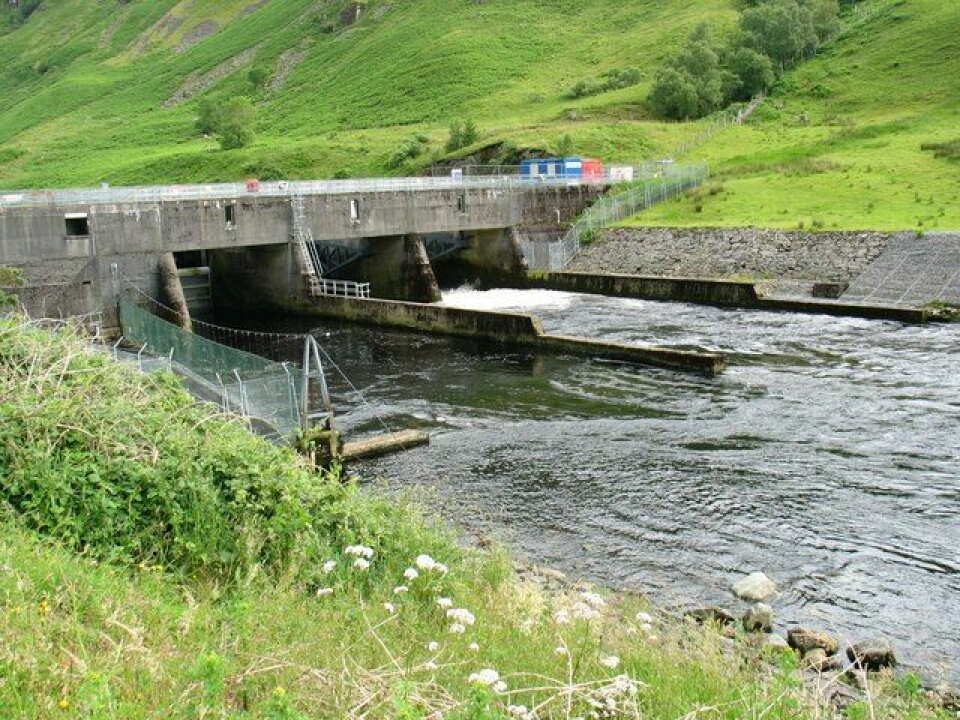
• Significant increase in hydro projects in the Awe catchment could have an impact on salmon numbers.
• Environmental changes including water temperature, water levels and CO2 levels are affecting the wild salmon in rivers and in the oceans.
• Weather changes have resulted in more drought conditions and flash floods which damage the habitat and affect wild salmon survival.
The statement concludes: "The salmon farming industry has highly sophisticated knowledge and experience to share with the wild salmon interests to help with re-stocking programmes and the sharing of information. The door is always open…"
The S&TCS discounts the effect of hydro schemes. It says: "The Awe is a short river, draining Scotland’s longest loch (Loch Awe), with a hydro-electric dam at its head. There is a fish lift and a counter in the dam. The flow regime is such that fish can run the river any day of the year; almost all the fish are destined for the headwaters and thus there is a full river count which is almost unaffected by the weather."
It is the second time this week that the S&TC and the SSPO have crossed swords. On BBC Radio 4's Farming Today programme on Monday, SSPO chief executive Scott Landsburgh accused the lobby group of being "trite" after its spokesman, Guy Linley-Adams, called for fish farms to be moved.


